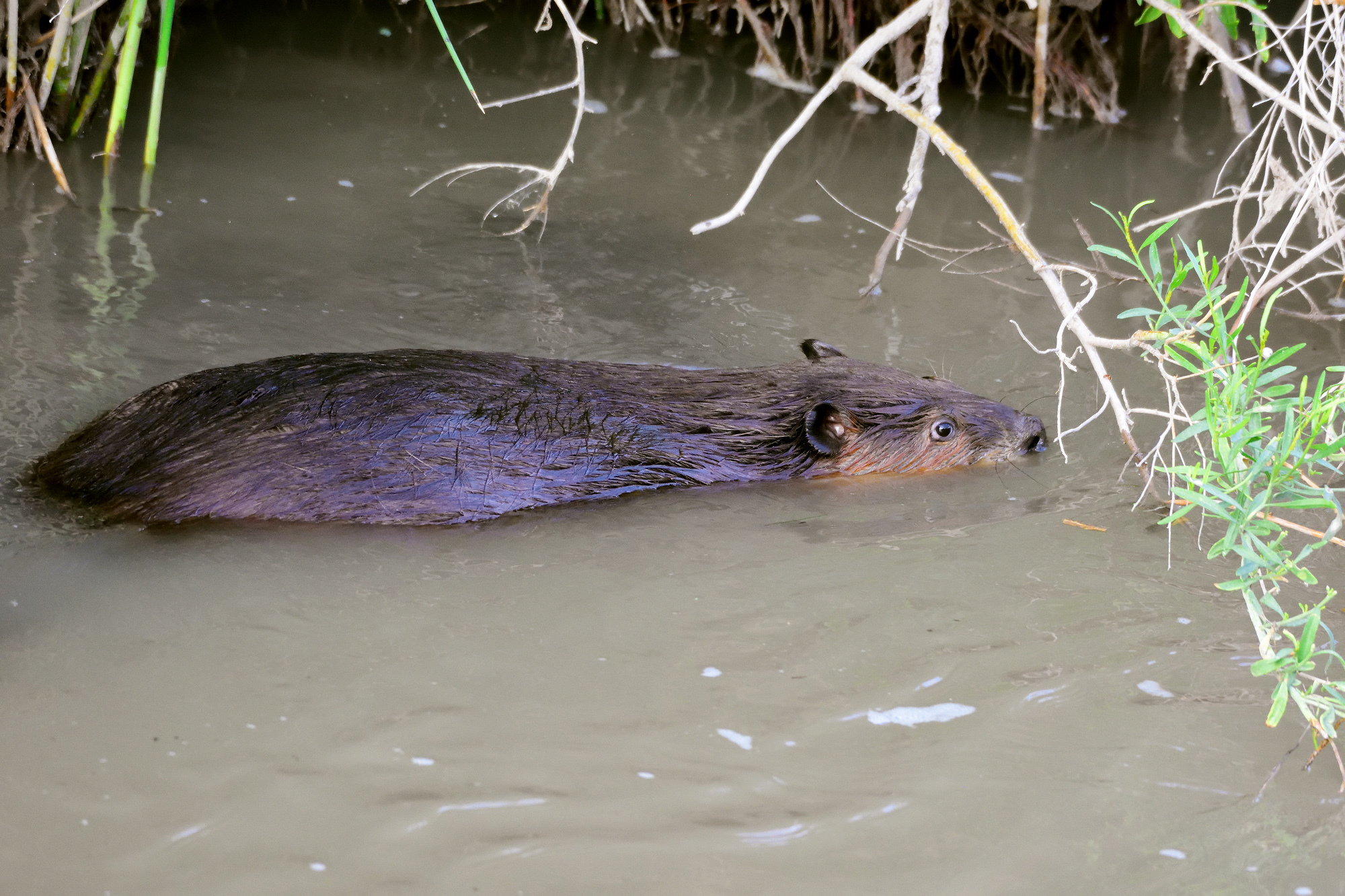
Ocotillo along the Lost Dog Trail with lechuguilla stalk blooming in the foreground.
Enjoy reading about our amazing Chihuahuan Desert. Sign up for a free subscription to our blog.
Ocotillo is a common plant here in the Chihuahuan Desert. This blog post is courtesy of Big Bend National Park.
Big Bend is home to many unusual plants. Many of them lie unnoticed or overlooked for much of the year unless you know what to look for. The well-named living rock cactus blends almost invisibly into the limestone hills around the park, but bursts into bold pink bloom in the early fall and is easily spotted then. Resurrection ferns look like dead plants until a good rain allows them to uncoil the vibrant, deep green leaves they have been protecting in a tightly curled ball during the dry times. However, not all of the unusual plants blend into the desert landscape and go unnoticed.

Ocotillo (pronounced “Oh-co-TEE-yo”) is one of the most conspicuous plants across the park and definitely one of the oddballs in many respects. Ocotillo is also called coachwhip or candlewood or even vine cactus, despite it not being a cactus at all! It is common on gravelly slopes or flats driving to Rio Grande Village on the east side of the park or to Old Maverick Road on the west. At first glance, ocotillo looks like a large shrub that died—a cluster of drab, gray stalks covered in sharp spines, and no obvious signs of life like leaves along the branches.

This bare bones appearance is actually part of ocotillo’s desert survival strategy. Plants lose most of their water through leaves during photosynthesis. Ocotillo and several other desert plants, notably the cacti, have adapted to desert life by moving the photosynthesis into their stems. The photosynthesis here is not as efficient as in typical plants, but the plants do save a lot of water and that is the principal issue for a desert dweller.
Leaves are either absent, or only produced during wet times of the year when the water losses are more affordable to the plant. Ocotillo in Big Bend will often form slender one or two inch leaves a few times per year shortly after a good rain, and then drop them after two or three weeks as drier conditions return. For those few weeks it is one of the most attractive plants in the park and a visitor favorite.
The real surprise though is in the spring when seemingly “dead stalks” of ocotillo burst into bloom. Slender clusters of bright red tubular flowers form at the ends of the stalks. In areas with abundant ocotillo plants, from a distance it can look like a red haze is hanging in the air from all the blooms! The area around Old Maverick Road is a good place to see this in late March or April.

These flowers are a favorite of carpenter bees and hummingbirds—though the hummers get much of the credit as pollinators, it’s the bees that do most of the work.
Ocotillo are an odd bunch indeed, but also fascinating, beautiful, useful, hardy, and well adapted to surviving and adding to the richness of Big Bend National Park
Courtesy National Park Service, Ranger J. Duke
Photos 1, 2 and 4 by Rick LoBello
Photo 4, copyright Gary Nored

